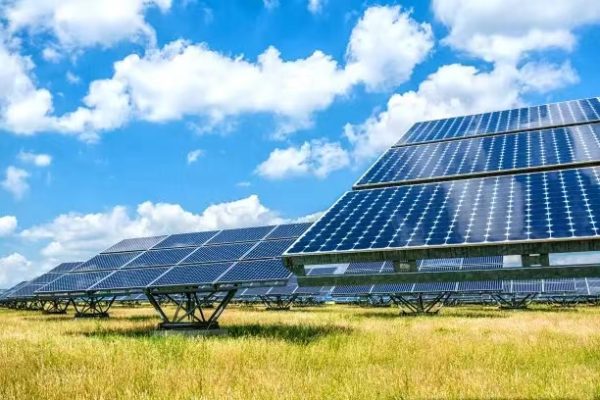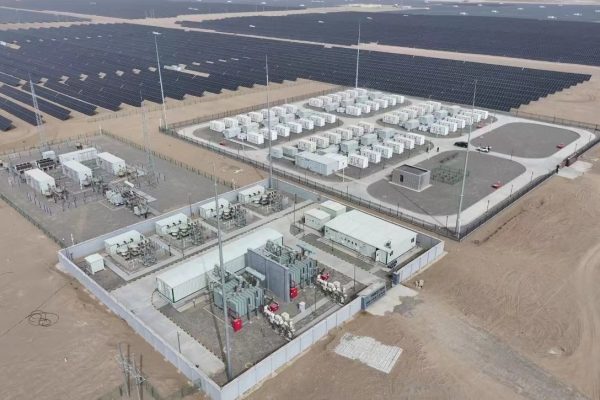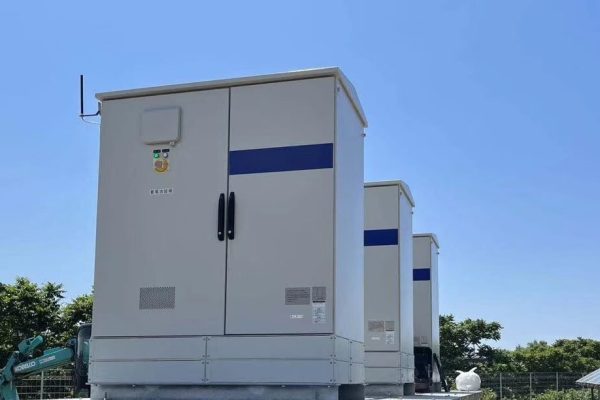A Complete Guide for Homeowners, Businesses, and Installers
1. Why Preparation Matters in PV + Storage Purchases
Buying a photovoltaic (PV) + energy storage system is not like purchasing a single household appliance—it’s a multi-component investment that affects your energy bills, operational reliability, and even property value for years to come.
Whether you’re a homeowner looking for energy independence or a business aiming to cut peak demand costs, asking the right questions before engaging with suppliers will save you money, avoid delays, and help you choose the right configuration the first time.
This Pre-Sales FAQ is designed to help you prepare key information before approaching PV + storage vendors or installers, ensuring smoother communication, faster quotations, and a solution that truly fits your needs.
2. FAQ #1 – What Is My Main Reason for Installing PV + Storage?
Suppliers will want to know your primary goal:
- Bill reduction through solar self-consumption
- Backup power for outages
- Peak shaving to reduce demand charges
- Off-grid independence in remote areas
- Green branding for your business
💡 Tip: Being clear about your main objective helps vendors tailor system size, battery type, and inverter configuration.
3. FAQ #2 – Do I Have My Recent Energy Bills?
Bring at least 6–12 months of electricity bills. This allows the supplier to:
- Identify your average daily energy use
- Spot seasonal peaks in consumption
- Recommend optimal PV size and storage capacity
Without this data, suppliers can only guess—often leading to oversizing or undersizing.
4. FAQ #3 – Where Will the PV Panels and Batteries Be Installed?
You should prepare:
- Roof or ground space availability (square meters and shading issues)
- Weight-bearing limits for rooftops
- Distance between PV array and battery location (affects wiring cost)
Suppliers may use satellite mapping tools, but photos of the site will speed up feasibility checks.
5. FAQ #4 – What Is My Available Budget Range?
While you may not want to reveal your exact budget right away, having a realistic range helps avoid wasting time on options that are too expensive or underpowered.
For example:
- Small residential PV + battery setups: $6,000–$12,000
- Medium commercial hybrid systems: $25,000–$80,000
6. FAQ #5 – Do I Need Grid-Tied, Off-Grid, or Hybrid Operation?
- Grid-tied: Most efficient for bill savings, but no backup in a blackout unless specified.
- Off-grid: Requires larger battery bank, ideal for remote locations.
- Hybrid: Can run with the grid but also provide backup power during outages.
💡 Note: Some buyers mistakenly assume any solar system will work during a blackout—this is not true without hybrid/off-grid capability.
7. FAQ #6 – What Are My Backup Power Priorities?
If backup power is important, list your critical loads:
- Residential: lights, fridge, Wi-Fi, medical devices
- Commercial: POS systems, servers, security equipment
Knowing how many hours or days you need backup will determine battery size.
8. FAQ #7 – Do I Have Any Preferred Brands or Technologies?
If you already trust certain PV panel brands, inverter makers, or battery chemistries (like LiFePO₄ vs. NMC), let the supplier know.
Otherwise, they may propose lower-cost options that might not align with your expectations.
9. FAQ #8 – Do I Understand Local Permitting and Incentives?
Some regions require:
- Building permits for rooftop PV
- Electrical inspection for battery installations
- Compliance with fire safety codes
Incentives may include:
- Net metering or feed-in tariffs
- Tax credits for renewable energy
- Rebates for energy storage
Having this info ready will help suppliers factor in paperwork and incentive timelines.
10. FAQ #9 – How Soon Do I Need the System Installed?
Installation lead times can range from 3 weeks to 3 months, depending on component availability and permits.
If you have a fixed deadline (e.g., before summer peak rates), tell the supplier early.
11. FAQ #10 – Do I Have Site Electrical Information?
Key details include:
- Main breaker size (e.g., 100A, 200A)
- Single-phase or three-phase power
- Available space in electrical panel
💡 Tip: A quick photo of your breaker panel can save hours of back-and-forth.
12. What Documents to Prepare Before Contacting a Supplier
| Document / Info | Why It Matters |
|---|---|
| Energy bills (6–12 months) | Accurate system sizing |
| Site photos (roof, electrical room) | Feasibility check |
| Utility account details | Grid interconnection paperwork |
| Budget range | Tailored proposals |
| Backup load list | Battery capacity planning |
13. Common Mistakes to Avoid
- Being vague about goals → Leads to mismatched proposals
- Skipping load analysis → May result in insufficient backup
- Underestimating permitting time → Delays project start
- Not checking grid compatibility → Risk of inverter mismatch
14. Why This Preparation Helps Both Buyers and Sellers
For buyers:
- Faster quotes with fewer revisions
- Systems that actually meet your needs
- Better price negotiation power
For suppliers:
- Less guesswork in proposals
- Reduced project delays
- Higher customer satisfaction
15. The Power of Preparation
Purchasing a PV + storage system is a strategic investment. By preparing energy data, site info, budget range, and operational goals before engaging with suppliers, you avoid costly mistakes and speed up the process from inquiry to installation.
Think of this FAQ not just as a list of questions to answer, but as a checklist for energy independence and long-term value.









